Camouflage and Mimicry Workshop
Our lab has taken part in organizing the Camouflage and Mimicry workshop at the British Science Festival 2013 in Newcastle. Lab members Lisa, Paul, Sid and I (although to a much lesser extent) have participated in setting up a number of activities to introduce visiting young students to some of the fascinating visual trickery that living organisms employ to survive.
The workshop activities included a range of captivating presentations, engaging posters, live insect displays, visual illusions and even an actual scientific experiment. Our lovely visitors showed great interest and demonstrated their breadth of knowledge by giving surprising good answers to some of the presenters’ questions.
Below are some photos from the event.
(Above) Paul and Sid showing students that “things are not always what they seem to be”. On both sides of the natural competition between prey and predators; butterflies pose as poisonous species to deter predators and predators use 3D vision to detect an otherwise invisible prey.
(Above) Corry Gellatly giving students a taste of real science by asking them to “predate” (pick) non-poisonous spiders. Students begin by picking random spiders but later realize that some visual clues can help them in their task. Corry reveals the secret at the end of the experiment and of course … hands the top scoring student a “predator of the day” prize!
The live insect display gathered a lot of attention; student were fascinated by stick insects, praying mantids, assassin bugs and hissing cockroachs!
We’re all looking forward to future public engagement events. We hope the workshop has introduced our work and some of the questions we’re attempting to answer to the highly inquisitive minds of the future!



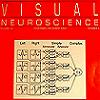

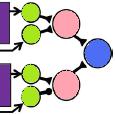















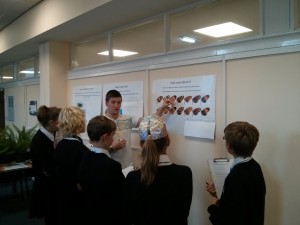
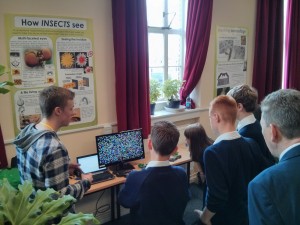
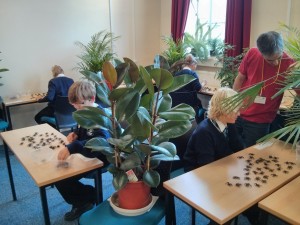
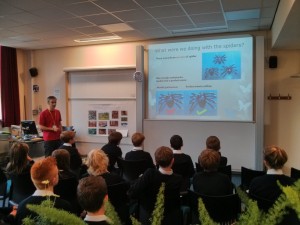
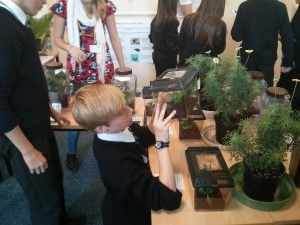
I recently asked a friend who is designing a lamp with an radial array of LED, he was also writing code to illuminate a variety of patterns. I wonder if he could right a program using light sensors to mimic light of the lamp’s environment. I have been mesmerized by cuttlefish and octopus’s ability to mimic their surroundings. I wondered if the code to mimic illuminated environment was inverse would it act like a mirror or something else. The octopus mimics what the predator or prey sees and is not a mirror of the predator or prey. A truly amazing feat by the octopus and cuttlefish
Yes I agree Alex, they are truly amazing creatures!